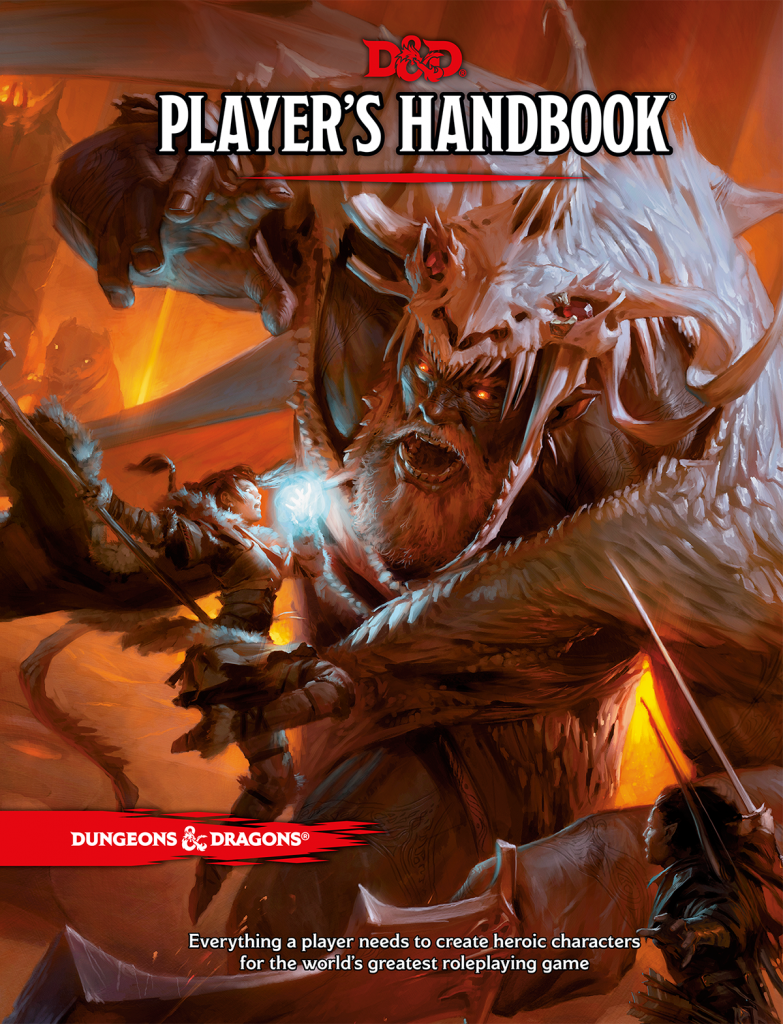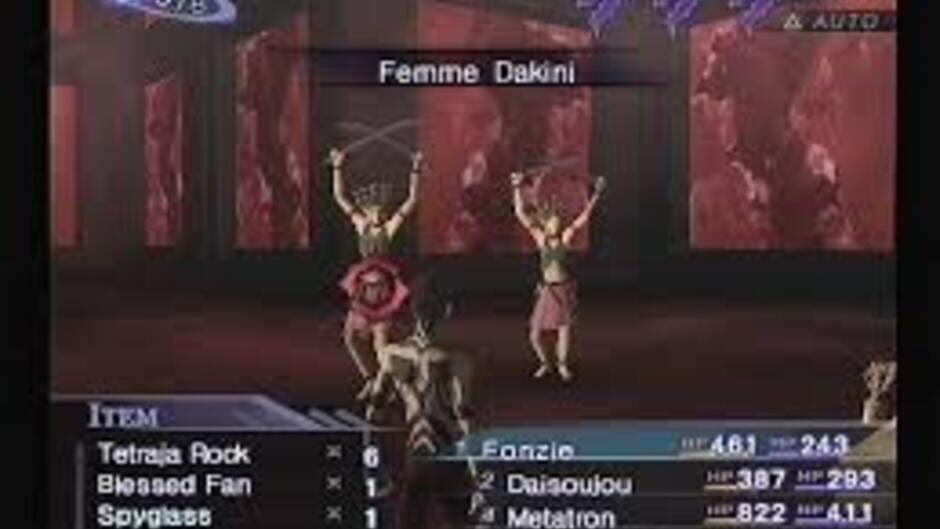There is a genre of games I love above most others: JRPGs. JRPG stands for “Japanese role-playing game,” and obviously, it means it is a role-playing game made in Japan. The most noticeable aspect of these games, at least at first glance, is their anime/manga art style. Though, there is more to this genre than just outward appearances. In fact, JRPGs can be much more than what meets the eye. Let’s take a look at the history of the genre and its common tropes.
A Brief History
From Tabletop to Computer
To understand the JRPG, we must take a look at the fledgling RPG genre back in the 1970s and 80s. Interestingly enough, the first RPG was not even a video game at all. It was a tabletop game called Dungeons and Dragons, which first released in 1974. Dungeons and Dragons is fairly well-known these days, though it was more of a cult phenomenon back in the late 20th century. The game allows players to create characters from a wide variety of races and classes. Players then take on the role of the characters they created in campaigns (basically like a story mode in a video game). It is easy to see how the game gained a large and devoted following, as it allowed a unique form of escapism.

In the words of my first Dungeon Master (or DM), “Dungeons and Dragons is essentially the granddaddy of all RPGs.” Indeed it is, as many aspects of this humble tabletop game would go on to influence the genre for decades to come. This influence can be seen in the popular computer role-playing games of the 80s, Wizardry and Ultima. These two were rather successful in western countries, however, they did not see much play in Japan. Though, things would begin to change in 1984 when The Black Onyx released in Japan for the PC-8801. This game was very similar to Ultima in design, yet it did considerably well in Japan. It was even the best selling PC game in 1984, selling over 150,000 copies. The success of The Black Onyx would help popularize the RPG genre in Japan.
Soon enough, one of the more famous JRPGs would draw near.
Making the Genre More Accessible
Inspired by the likes of Wizardry and Ultima, Japanese game designer Yuji Horii wanted to make his own role-playing game that would be accessible to those who never played the genre.
“At the time I first made Dragon Quest, computer and video game RPGs were still very much in the realm of hardcore fans and not very accessible to other players. So I decided to create a system that was easy to understand and emotionally involving, and then placed my story within that framework.”
– Yuji Horii
Dragon Quest would be released in May 1986 for the Nintendo Famicom, Players were tasked with defeating a malevolent being known as the “Dragonlord.” The game also featured a turn-based battle system, random encounters, and an expansive world to explore. These core concepts would go on to influence many JRPGs in the coming years.
Many people will cite the first Dragon Quest as the point where RPGs started to hit the mainstream in Japan. In fact, some even consider its release and success to be a paradigm shift in gaming history. Dragon Quest would go on to sell over 2 million copies in Japan alone.
So, what really makes a JRPG what it is? Time to find out.
What Defines the Genre?
It would be easy (and somewhat naive) to say that a JRPG is defined solely based on its art style. While again at first glance, the usual anime art style would seem to confirm a game’s JRPG nature, there are many other things to see.
An Emphasis on Story
The first major aspect of JRPGs is the focus on story. JRPGs feature a wide variety of story lines, from more lighthearted fare like the Neptunia series to philosophical/mythical fare like the Megami Tensei or Xeno series.
To give an example, a game like Shin Megami Tensei III: Nocturne focuses on a struggle between humanity and supernatural forces (like gods and demons). The game centers its conflict on varying philosophies of where creation should go in the aftermath of the apocalypse. Essentially, it is up to the player character to choose which philosophy to align with and fight to see it through.

That is just one example, though. While it is hard to pin down a unifying aspect for most JRPG stories (given how diverse they are), there is one common ground. This is the emphasis on storytelling that most have, as the developers behind JRPGs put a lot of effort into crafting well-told narratives. In fact, many fans of the genre flock to it because of the stories that are being told. Not every JRPG has the greatest plot, but the ones that do shine bright.
In addition, humans are inherently drawn to storytelling. This is somewhat of an evolutionary and psychological trait that we all share. So, when a genre is known for its stories, it is only natural that there are people who love JRPGs. Though, storytelling is only one part of the JRPG equation. The other part is the game play itself.
Playing the Role
There are a few different types of JRPGs, some of the most prominent being turn-based, action, and tactical/strategy.
Turn-based JRPGs are exactly as they sound, it is where you wait your turn to take action. Some might call this type of game play “outdated” or “archaic.” Many disagree, though, as turn-based JRPGs still have a lot to offer outside of a traditional feel to them. However, this is a topic for another day.
In action JRPGs, you are given near-total control over the playable characters. You dive right into battles that have a lot of flash and, well, action in them. Most modern JRPGs opt for this kind of style over turn-based. (On a side note: this has led to quite a divide amongst JRPG fans arguing over if turn-based or action is better).
Finally, there is the tactical/strategy JRPGs. This sub-genre can sometimes be compared to playing a game of chess. These games are often a bit slower-paced and methodical. Admittedly, this is what causes them to be more niche than the other two. Ultimately, this type is better suited for players who have some patience and tactical wit.
With all that in mind, what makes these types of game play important? Well, because they are united by one key trait: role-playing. Role-playing games, including JRPGs, are great at making you feel like an active part of the game’s world. It creates an unique kind of immersion that other genres do not. When you have your own character (or are represented by one), there is a greater tie between you and the game. In turn, that creates somewhat of a personal investment in the game play and the plot. It is this integration of game play, role-playing, and story that makes JRPGs (and RPGs in general) so enthralling to experience.
Final Thoughts
While there are numerous other tropes I could cover, I feel that this covers the basics well enough. If I wrote any more than there already is, I think my post would drag on for too long.
In short, JRPGs have a great deal to offer players in terms of story, immersion, and game play. It is such a rich and diverse genre below the surface of its “anime art style.” With that amount of variety, I believe JRPGs do have something more to offer as a whole.
Lastly, feel free to leave your thoughts on the genre or my post in the comment section. Until next time my fellow nerds, peace!